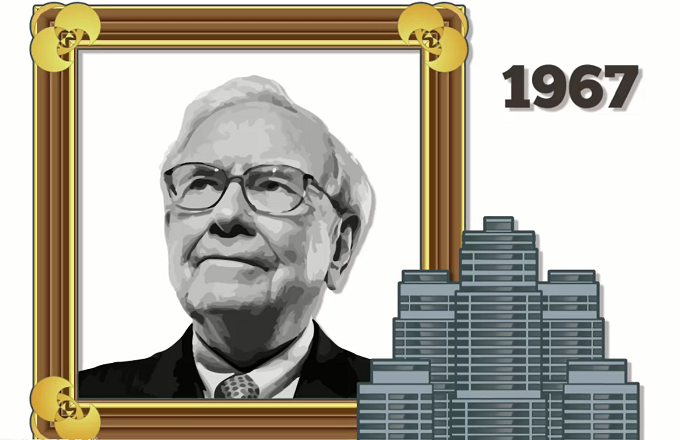The principle of elementary probability lies at the core of Warren Buffett’s investing philosophy.It all started for Buffett when he was a boy. He printed a tip sheet that he sold at the racetrack for 25 cents each. It contained historical information about horses, tracks and weather, and techniques for analyzing the data. If a horse had won four of five races on a track on sunny days, and that same horse was racing on that same track on another sunny day, then Buffett applied probability analysis and determined the horse’s chance of winning to be 80%. Buffeft’s style evolved over the years, and his investing principles emerged. He switched from buying cheap, low-quality businesses and selling them once their prices had risen, to buying high-quality businesses with competitive advantages at a reasonable price, then holding them for indefinite periods. In 1988, Buffett bought $1 billion of Coca-Cola stock. Over its 100 years, the company had usually generated above average returns and had a consistent dividend track record. It also had some positive developments, such as reinvesting in its outperforming syrup business. Buffett deduced Coca-Cola would continue to thrive. In the 1990s, Buffeft’s Berkshire Hathaway took a large share in struggling Wells Fargo. Buffett compared the purchase’s pros and cons, and concluded that the company would roughly break even if some worst-case scenarios unfolded with its loan business. This became one of Buffett’s favorite, and hugely successful, investments. And Buffett weighed it using his unique method of assessing the probability of future earnings. Few will match Warren Buffett’s success, but mastering elementary probability and applying it to real-life situations can provide the average investor with big advantages.





